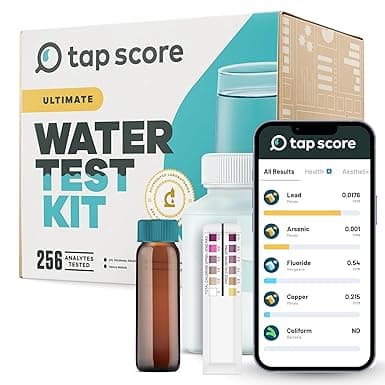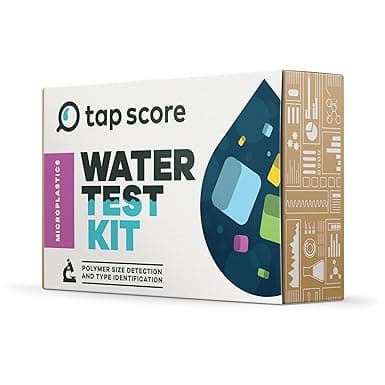Chloromethane
Naturally occurring volatile organic compound and a halomethane, which is a derivative of methane with one or more hydrogens replaced by halogen atoms (i.e. F, Cl, Br, or I). It is most often used in the production of silicones, rubber, and other materials. Historically chloromethane was used as a refrigerant but is no longer used due to its toxicity. Chloromethane is one of many known disinfection byproducts produced when water is treated with chlorine, but EPA does not regulate levels of chloromethane in drinking water. Chloromethane is readily volatile, thus all routes of exposure (ingestion, inhalation and dermal) are relevant if one is exposed via drinking water. Exposure to elevated levels of chloromethane has been associated with toxicity to the nervous system.
EPA MCLG Level
188 ppb
Maximum level that poses minimal health risk based on the latest science
Health Effects
Health protective benchmarks for chloromethane have been created based on neurotoxicity observed in animal studies. Animal studies have shown associations between chloromethane and reproductive toxicity. The EPA has classified chloromethane as possibly carcinogenic to humans based on a limited amount of animal evidence, but further evidence is required to determine whether chloromethane can cause cancer in humans.
Affected Organs & Systems:
Common Sources
- Widespread in the environment, primarily as a result of natural sources. These include chemical reactions in water sources and the burning of wood, charcoal, and coal
- Chlorination of naturally occurring methane can result in chloromethane in drinking water treatment subsequent to water disinfection or wastewater discharge (particularly from the paint and printing industries)
- Contamination may be higher near hazardous waste sites producing chloromethane
How to Remove It
Water filters certified under the following NSF standards are effective at removing Chloromethane:
EPA MCLG Level
The EPA MCLG represents the maximum level that poses minimal health risk based on the latest scientific research. It's often more protective than federal legal limits.
Contaminant Type
Chloromethane is classified as a VOCs contaminant.
This contaminant primarily affects the nervous-system, reproductive-m, and other systems.
Check Your Water
Find out if Chloromethane is in your tap water.
Search Your CityTest Your Water for This Contaminant
Public water reports may not test frequently enough or at your specific tap. Professional home testing provides current, location-specific results.

SimpleLab
Standard Home Water Test
$232
Comprehensive water analysis testing over 200 contaminants including bacteria, heavy metals, and chemical compounds.

SimpleLab
Advanced Home Water Test
$369
Most comprehensive home water test including all standard tests plus additional parameters for ultimate peace of mind.

Tap Score
Advanced Microplastics Test
$636
Cutting-edge testing for microplastics particles in drinking water using advanced laboratory techniques.